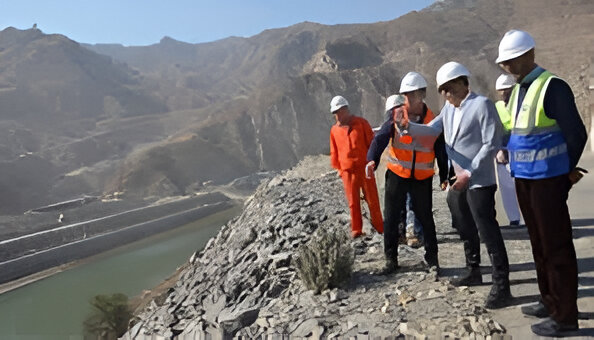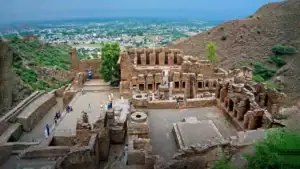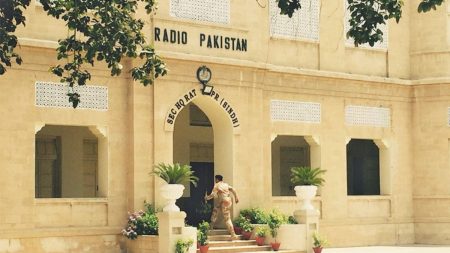Islamabad, Aug 14: Pakistan Water and Power Development Authority (WAPDA) is getting ready to start the Swat River diversion at the Mohmand Dam Hydropower Project.
According to the specifics, the project team anticipates starting the river diversion within the next few days following the completion of the river-closure-dyke. Although the high-flow season poses certain problems, great efforts are being undertaken to reach this important milestone. Lt Gen Sajjad Ghani (Retd), Chairman of WAPDA, recently visited the Mohmand Dam project site to assess the status of work.
He examined a number of project components during his visit, such as the powerhouse, spillway, power intake, and outlets and inlets of the diversion tunnels. He was informed that the diversion tunnel 3/1’s inlet construction was ready for the diversion and that the tunnel’s concrete lining was finished. Additionally, excavation, the concrete work at the spillway, and the rock support for the powerhouse and power intake are all progressing. In addition, the planned large-scale tri-axial testing of the dam fill material has been submitted to China.
Chairman Ghani talked about the development of quarries, the building schedule for the main dam, and the river diversion plan at a progress review meeting with the WAPDA staff, consultants, and contractors. He emphasized that maintaining high standards of quality is crucial for the duration of the project. The Mohmand Dam, which is being built in Khyber Pakhtunkhwa’s Mohmand District across the Swat River, would be Pakistan’s tallest CFRD and the fifth-highest concrete-face rock-fill dam (CFRD) globally.
The project is expected to be finished in 2026–2027. It is intended to be a multiuse building that can store water for farming, manage flooding, supply Peshawar with urban water, and produce 800 MW of inexpensive, environmentally friendly hydel power. In addition to providing irrigation for 18,237 acres of newly acquired land and 300 million gallons of water per day to Peshawar, the dam would hold 1.29 million acre-feet (MAF) of water. Benefits from the project are anticipated to total PKR 51.6 billion annually.









